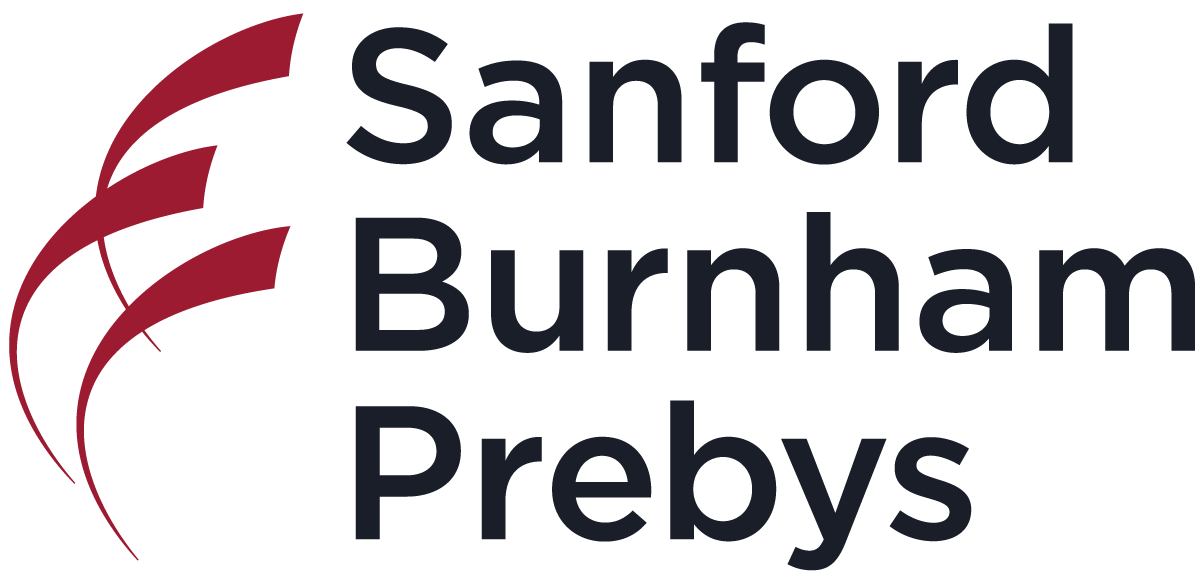Newswise — LA JOLLA, Calif, August 27, 2013 – Sanford-Burnham Medical Research Institute staff and leaders are deeply saddened by the recent loss of Lillian Fishman, our co-founder and early guiding light. Lillian and her late husband, Dr. William Fishman, worked side-by-side for more than 45 years to advance biomedical research. Lillian passed away at her home in La Jolla on August 24. She was 98.
“Lillian Fishman was a scientific trailblazer in every sense, and she was a beloved presence here at the Institute,” said Kristiina Vuori, M.D., Ph.D., Sanford-Burnham’s president and interim CEO. “Her extraordinary vision will continue to guide us as we move Sanford-Burnham into a new era of translational research advances.”
The Fishmans launched the La Jolla Cancer Research Foundation in 1976 on a single National Cancer Institute grant of $180,000. Their founding vision of understanding disease development by investigating cell development through collaborative basic research fueled the Foundation’s growth and achievement. Renamed Sanford-Burnham Medical Research Institute in 2010, it is now one of the largest and most prestigious independent medical research institutes in the world. "Bill and Lillian Fishman showed great courage and vision in starting an institution from nothing,” said Erkki Ruoslahti, M.D., Ph.D., distinguished professor and former president and CEO of Sanford-Burnham. “Lil was a great supportive figure in the early days of the institute and for all these years stayed devoted to the institute and to the well-being of the postdoctoral fellows, in particular."
As the Institute evolved, Lillian played the central role in developing active community-support networks. For years, she edited the La Jolla Cancer Research Foundation newsletter and contributed articles. She was integral to building collaborations between the four Torrey Pines Mesa institutions: the Salk Institute, Sanford-Burnham, The Scripps Research Institute, and the University of California, San Diego. She remained active in the Sanford-Burnham community until the end of her life, honoring young research scientists with the annual Fishman Fund Awards and hosting a series of educational events.
In 2009, Lillian was honored as a “Woman of Dedication” by the Salvation Army’s Women’s Auxiliary. In 2010, her alma mater, the University of Alberta, awarded her their Distinguished Alumni Award, bestowed on graduates whose achievements have earned them national or international prominence.
“Lillian Fishman’s tireless dedication and pioneering spirit helped make Sanford-Burnham into the renowned center of discovery it is today,” says Malin Burnham, a longtime supporter whose generosity is reflected in the Institute’s name. “We can all find inspiration in Lillian and Bill’s efforts to better the lives of millions of people.”
Lillian Waterman was born in Calgary, Alberta, on April 28, 1915. She was training to be a dietitian when she met and married William Fishman, a cancer researcher at the University of Toronto. In 1948, William joined Tufts University Medical School, where he established and served as the first director of Tufts Cancer Research Center. When he reached mandatory retirement age in 1975, the couple decided to pursue their dream of creating a basic research institute. They were eager to explore the then-new field of oncodevelopmental biology, which studies the link between cancer and developmental biology.
In an April 27, 2013, U-T San Diego interview titled “Building a Foundation,” Lillian recalled the origins of their startup. “My husband chaired an International Scientific Symposium in 1975 in La Jolla,” she said. “He was so impressed with the environment and the burgeoning scientific community on the Torrey Pines Mesa, that he suggested we take a vacation out West. Little did I know that we were about to embark on a new career in our mid-sixties.”
Lillian’s own scientific output included published research papers on mammalian placental alkaline phosphatases, which demonstrated the importance of understanding normal cell development to understanding cancer development. She and William believed passionately in high-impact science conducted in a culture that fosters creativity. “Our ‘big idea’ was to create an independent medical research institute dedicated to the emerging field of oncodevelopmental biology,” she told the U-T. “We wanted to hire bright young scientists and give them the freedom to do their research, unencumbered by administrative bureaucracy and departmental politics.”
Lillian also was devoted to nurturing scientific collaboration, and she took great pride in the high-yield alliances among Torrey Pines research institutes that have catapulted the mesa to global prominence. At a 2010 Sanford-Burnham celebration of her 95th birthday, she recalled how she and William started out with shared equipment from neighbors like UC San Diego and The Scripps Research Institute. “The community was very helpful,” she said. “For a time, Dr. Salk lent us an electron microscope.”
# # #
About Sanford-Burnham Medical Research Institute
Sanford-Burnham Medical Research Institute is dedicated to discovering the fundamental molecular causes of disease and devising the innovative therapies of tomorrow. Sanford-Burnham takes a collaborative approach to medical research with major programs in cancer, neurodegeneration and stem cells, cardiometabolic disorders, and infectious, inflammatory, and childhood diseases. The Institute is recognized for its National Cancer Institute-designated Cancer Center and expertise in drug discovery technologies. Sanford-Burnham is a nonprofit, independent institute that employs 1,200 scientists and staff in San Diego (La Jolla), California, and Orlando (Lake Nona), Florida. For more information, visit us at sanfordburnham.org.
